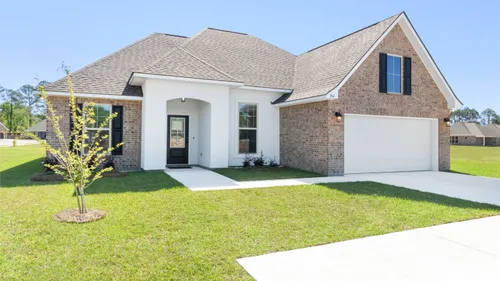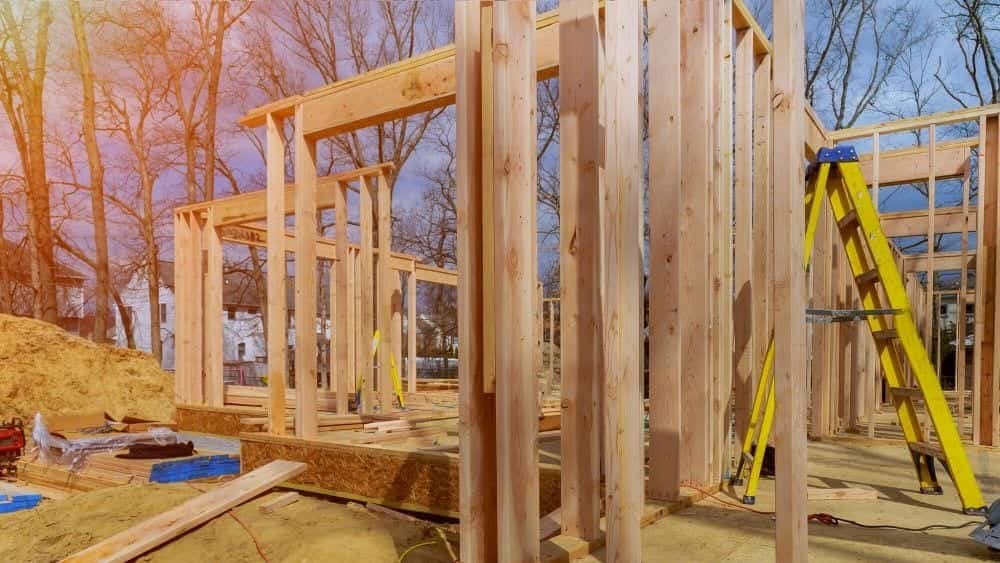Premier Carmel Indiana General Contractor for Quality Construction Solutions
Premier Carmel Indiana General Contractor for Quality Construction Solutions
Blog Article
How a General Specialist Can Transform Your Typical Locations Into Practical Areas
The makeover of usual locations right into useful rooms is a nuanced procedure that calls for a basic specialist's experience in analyzing specific area needs and developing tailored solutions. By considering variables such as format, access, and visual charm, a specialist can produce atmospheres that not only serve practical purposes but also foster area interaction. With effective task monitoring and adherence to high quality standards, these renovations can dramatically improve individual experience. The complexities entailed in balancing layout and performance raise important inquiries regarding ideal methods and potential difficulties that benefit more exploration (Carmel In Contractor).
Assessing Current Common Location Demands
When assessing typical locations, it is vital to identify and comprehend the particular demands of the area they offer. This process begins with an extensive evaluation of existing use patterns, which entails celebration information on foot traffic, top usage times, and activities occurring within these rooms. Involving with neighborhood members with studies or meetings can provide important insights into their preferences and challenges.
Next, it is necessary to consider the demographic composition of the community, consisting of age, way of living, and any kind of unique requirements that may impact how these spaces are utilized. For example, family members with children may require backyard, while older grownups might focus on availability functions.
Additionally, reviewing the existing framework and features is important. Identifying locations that are underutilized or in requirement of repair work can inform possible enhancements. Collaborating with stakeholders, such as residential or commercial property managers and local companies, makes sure that the assessment mirrors an extensive understanding of the community's demands.
Eventually, a meticulous examination of current usual area requires lays the groundwork for efficient transformations, permitting the creation of spaces that cultivate interaction and enhance the general quality of life within the neighborhood.
Designing for Performance and Aesthetic Appeal
A comprehensive understanding of neighborhood needs sets the phase for effective layout that balances performance and aesthetics alike locations. Successful style calls for a thoughtful method that takes into consideration both the useful usages of the room and the visual charm that boosts the environment.
Practical style requires creating areas that satisfy the details activities and interactions of the neighborhood. This could include versatile seating plans for celebrations, accessible pathways for individuals with flexibility challenges, or marked areas for leisure tasks. Each component has to serve a purpose while guaranteeing simplicity of movement and comfort for individuals.
The choice of shades, products, and illumination can substantially affect the understanding of a space. Furthermore, lining up the design with the community's social identification can promote a sense of belonging and satisfaction.
Budgeting and Source Allowance
Efficient budgeting and resource appropriation are essential elements in the successful transformation of usual areas. A well-defined spending plan details the financial parameters within which the task need to operate, ensuring that prices are managed and resources are properly used. This begins with a thorough analysis of job requirements, consisting of design aspects, products, and labor.

A basic service provider plays a critical duty in this phase, collaborating with stakeholders to develop sensible budget price quotes that line up with the desired vision. By focusing on vital functions and exploring cost-efficient options, the contractor can maximize costs without compromising high quality.
Resource appropriation involves purposefully designating personnel, devices, and materials to different stages of the job (Bathroom Remodeling Indiana). This requires cautious planning to prevent hold-ups and guarantee that each element is supplied on schedule. In addition, regular tracking of expenses versus the budget assists to recognize potential overruns early, enabling prompt adjustments
Handling Building And Construction Process Effectively
Taking care of the construction process effectively is necessary for attaining prompt project completion and maintaining budget stability. A well-coordinated technique includes careful preparation, clear interaction, and efficient source administration. General service providers need to develop a thorough task timeline that lays out each stage of building and construction, permitting the recognition of important landmarks and prospective bottlenecks.
Regular progress meetings are important for keeping all stakeholders informed and straightened. These conferences assist in the timely resolution of issues, ensuring that the project remains on track. Furthermore, using task monitoring software application can enhance communication, track development, and manage documents, lowering the probability of delays and misunderstandings.
Reliable resource allocation is additionally vital. By guaranteeing that materials, labor, and tools are offered when required, general contractors can protect against expensive interruptions. Applying a positive approach to run the risk of management more enhances performance, as it permits the recognition and mitigation of possible challenges before they escalate.

Making Certain Conformity and Quality Criteria
Compliance and top quality requirements are fundamental to the success of any type of construction project, making certain that the completed spaces not only satisfy client assumptions however additionally stick to governing demands. A general service provider plays an essential function in imposing these criteria throughout the building and construction procedure.
First, it is necessary for the specialist to remain updated on neighborhood building regulations, safety laws, and sector ideal practices. This understanding allows them to lead design choices and material choices that line up with conformity criteria. Normal examinations and top quality evaluations throughout the building and construction stage help to determine prospective problems early, alleviating costly delays and remodel.
Furthermore, a reputable basic contractor fosters a society of top quality amongst employees and subcontractors. This can be accomplished by offering training on compliance protocols and implementing strict quality assurance measures. By developing clear interaction channels, the contractor can ensure that every person entailed comprehends their obligations concerning conformity and top quality.
Final Thought
Finally, the role of a basic specialist in transforming common locations into functional areas is critical. Through a thorough evaluation of community needs, thoughtful style, meticulous budgeting, and effective project monitoring, these experts can create settings that enhance use and aesthetic allure. Adherence to conformity and quality criteria even more ensures that rejuvenated spaces not just satisfy the assumptions of stakeholders but likewise foster engagement and improve the overall experience for all customers within the community.
The makeover of common locations into practical rooms is a nuanced process that calls for a general specialist's experience in evaluating details community requirements and making tailored options. By considering elements such as format, ease of access, and visual allure, a professional can develop settings that not only serve functional objectives but likewise foster neighborhood involvement. General professionals need to develop a detailed project timeline that details each phase have a peek at this site of building and construction, permitting for the identification of vital landmarks and possible traffic jams.

Report this page